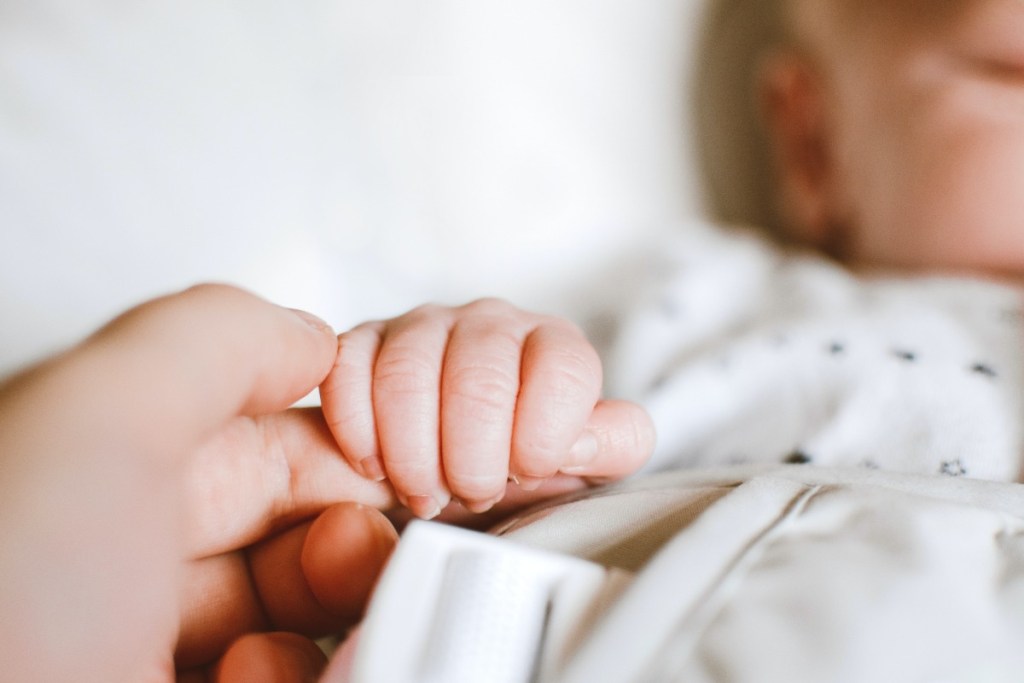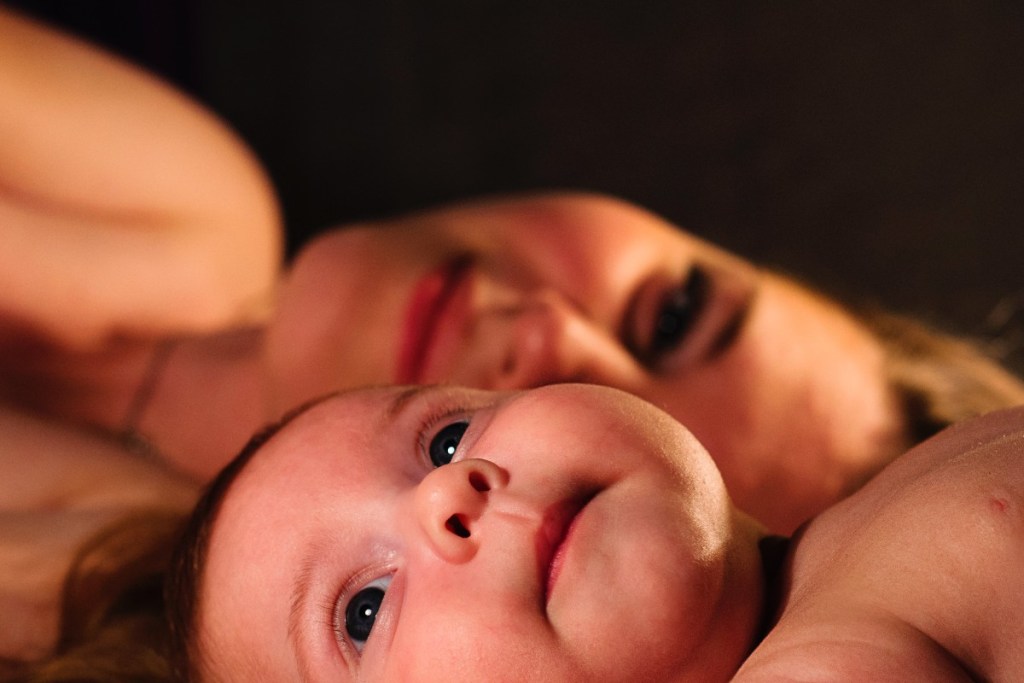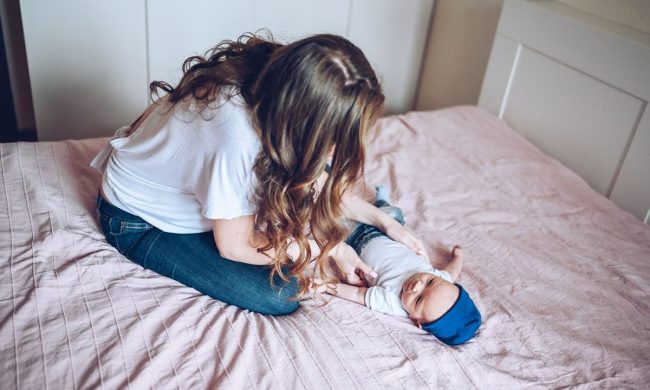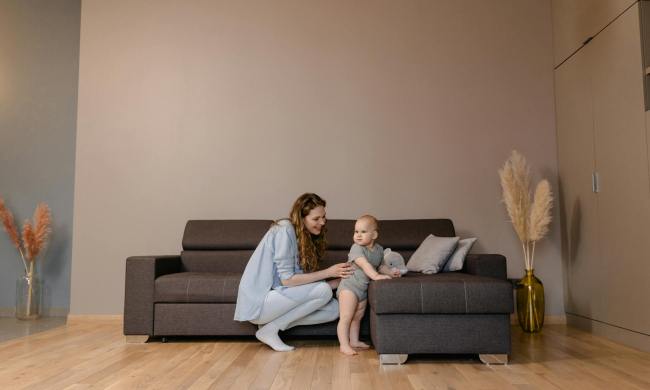The term co-sleeping is one that every parent knows, but it can sometimes carry a controversial connotation based on people’s preferences. Though it technically encompasses both room sharing with a child sleeping in a separate space, like a bassinet, and bed-sharing, people often focus more on the latter.
The American Academy of Pediatrics does not recommend bed-sharing, stating it increases an infant’s risk of dying by strangulation, suffocation, and SIDS. However, bed-sharing is rising in the U.S. About six percent of parents reported bed-sharing in 1993. That number spiked to 24 percent in 2015.
Like many aspects of parenting, sleeping arrangements are highly personal. Let’s take a look at the data and discuss how to safely co-sleep.

What does the data say about co-sleeping and safety?
It’s true that having the infant sleep in a separate space in a parent’s room is safest. A low-risk baby (one born at an average weight) sleeping in a bed with a parent who does not drink or smoke has a 1 in 16,400 risk of SIDS.
You may decide the risk isn’t worth it, and that’s valid, or you may feel the dangers of not sleeping in close range to your baby outweigh those of bed-sharing. Whatever choice you make, it’s up to you as the parent. You’re the decision maker in terms of what is the safest and best sleeping arrangement for you and your baby. That being said, if you are going to co-sleep, there are some precautions you can put in place to make sure nights are as safe as possible for your baby.

How to safely co-sleep
The safest way: Separate sleep surfaces
The AAP does actually endorse co-sleeping in the same room as the child, just not bed-sharing. The organization suggests parents room-share by placing their baby on a separate surface like a pack ’n play or bassinet for the first 6 to 12 months of their lives. That way, you can check on them throughout the night to ensure they’re safe and sound. Some parents also find this enhances their bond with their child or makes night feedings easier, although that’s all personal preference.
Only bed share when sober and if you don’t smoke
One study published in Pediatrics found that, while bed-sharing did increase instances of SIDS, parents could reduce risks by not drinking or smoking. The CDC also says that exposure to second-hand smoke increases an infant’s risk for SIDS. it. If you’re planning on bed-sharing, refrain from alcohol use or smoking during the day to make the space safer for your little one.
Keep baby on their back
SIDS risks began to decrease about 40 years ago when the AAP and epidemiologists began recommending that parents place infants on their backs to sleep. (Sleeping separate from adults was also part of these recommendations.) Experts recommend placing a child on their back to sleep until their first birthday, as it may interfere with breathing. If an older infant capable of rolling back-to-belly and belly-to-back consistently eventually rolls over to their stomach, that’s usually fine.
Make your bed safer
Giant pillows and heavy down comforters pose strangulation and suffocation risks. The AAP suggests keeping loose bedding and soft objects, including toys, out of your baby’s sleep space to mitigate these issues. If you’re bed-sharing, this means removing pillows and blankets. It’s also a good idea to remove loose cords (such as from a nearby lamp, charger, or heated mattress) from the vicinity of the sleeping area.
We have to make so many decisions as parents, and sleep arrangements can become one of the most challenging ones. Though you may have had a plan before your child was born, like following the AAP guidelines of having them in a bassinet in your room for six months to one year, babies sometimes have other ideas. You may find that bed-sharing works best for your family and allows both you and your child to get sleep. To be clear, statistics show putting an infant in their own sleep space, like a crib, is safest. However, different people have different risk tolerances. It’s ultimately a personal choice. Removing loose and heavy bedding like pillows and placing the infant on their back can help reduce risks. Experts agree parents who are bed-sharing should remain sober and not smoke.



